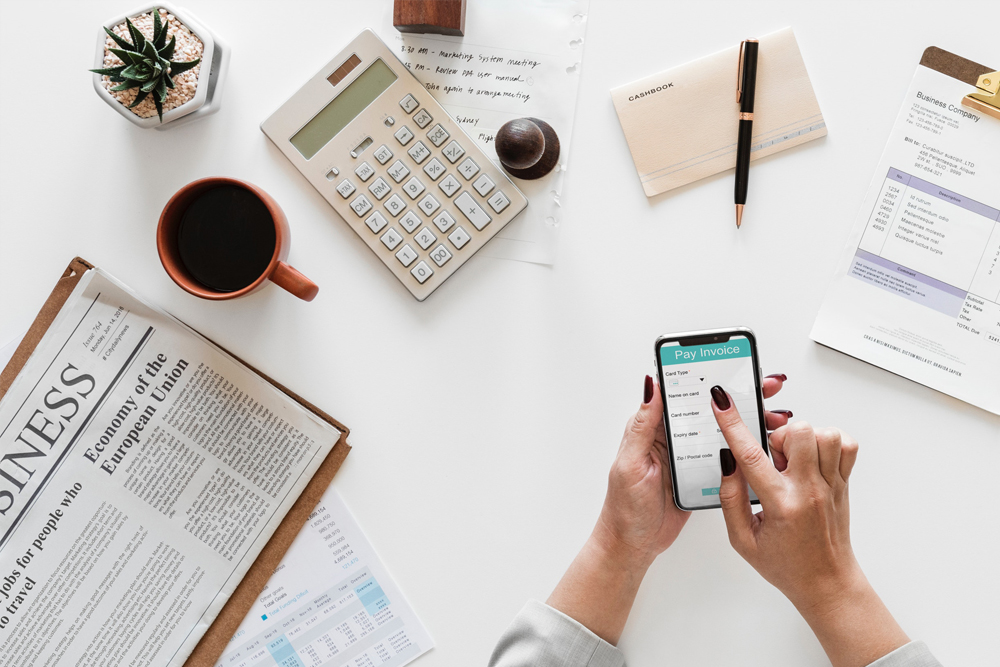On the value of design


I spend a lot of time thinking about the value of design. How to plan for it, measure it and increase it.
We work hard to help our clients understand why great design is so effective; not only tactically (creating better materials), but also strategically (standing for something meaningful and setting them apart).
Outside of the day job, I’m part of a team that has built an online tool to help measure the return on any investment in design, and at the end of last year I worked with several designers and agencies who were looking to improve their efforts in this area.
Throughout all of my endeavours, two inescapable truths consistently emerge. One, this is really important work. When a particular kind of business leader sees what design is capable of, it’s like the first spark of a chain reaction that will in time transform every aspect of their organisation. Two, this is really hard work. It’s relatively simple maths to calculate the value of a new machine that will wrap twice as many cakes as the old machine. But it’s much harder to pin down the value of a sustained investment into creativity.
To make things worse, there’s a danger that if we expect design to justify its worth at every turn, then we do more harm than good. A recent Design Council report, Leading Business by Design, suggests that:
“If the value of design is constantly challenged, its impact is likely to be negligible. This is a paradox: the more design has to prove its impact, the lower that impact is likely to be.”
To paraphrase Freud, everything is overdetermined. There are always multiple causes behind any given effect. Design doesn’t exist in a bubble, it combines with marketing, and sales, and customer service, and engineering, and everything else that an organisation does. When seeking to measure the impact of design, how do we isolate the critical factors and give credit where it’s due?
One possible answer might be not to try too hard. In a car, dashboards are useful; they tell us how fast we’re going, how much fuel we’ve got left and how well the engine is performing. But it’s much more vital that we see the road ahead, and have a sense of where we’re going.
I’m not saying we shouldn’t try to understand what individual changes might be happening at any one time, but it’s more important that we place our trust in the process, steadfast in our belief that good things will follow.
It’s often been said that if you take design out of Apple, then what you’re left with is Dell. However beautiful or desirable any single product might be, what really sets Apple apart is their refusal to be steered from their path. They are committed to doing what only they can do, and design is the tool that has enabled them to succeed.
Links and Further Reading
